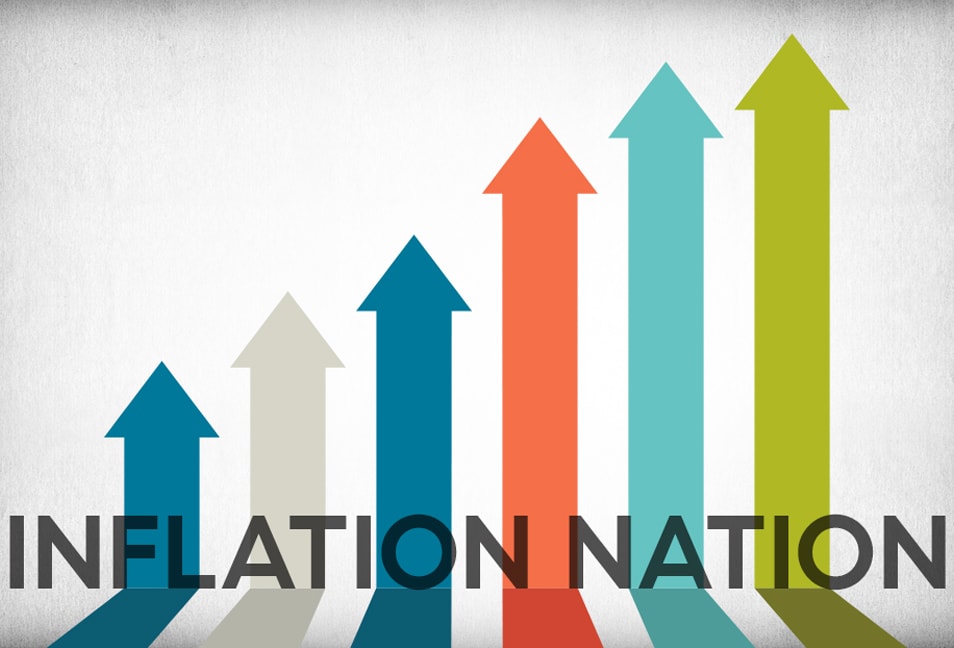Inflation figures came out yesterday and they were milder than expected, around 1.6% for CORE inflation. Food and energy prices are not included in core inflation. When you remove food and energy prices, a rather large share of the remaining “core” CPI is the price index for housing.
Calculating the price index for housing is conceptually complicated because only a non-random minority of people rent, so you can’t easily tally up rents. The CPI does not include the sales price of homes, it calculates the monthly equivalent of owning a home, which it derives from rents. Rental prices are likely to drop when there is a high vacancy rate. That often occurs when interest rates are low and housing prices are rising.... depending on the supply scenario. People are more likely to buy houses when the market is improving.
Traditionally, home prices fall when interest rates rise. As the housing market deteriorates, people move into rental apartments and homes. That shift increases rents. As a result, the CPI often gives a false low reading when home prices are high and rents are low. That's why it did not warn of asset inflation during the housing bubble of 2005.
Even if inflation on rents is as low as 1%, let us be reminded that this equates to rental escalation - compounded - over a 60-year period as follows:


